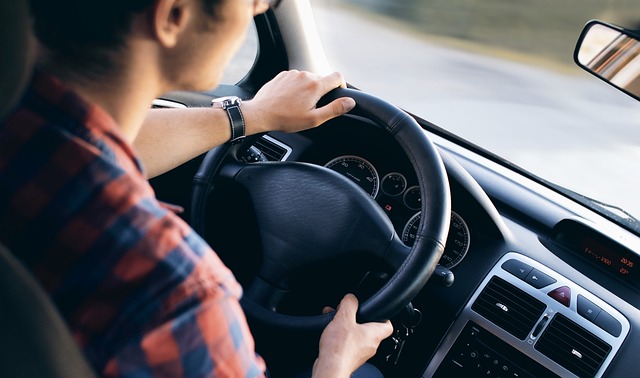[Image by bobtheskater of Pixabay]
Most of us understand the value of taking a test drive…but what about taking time to test drive your presentation?
If this either is a new concept for you or one you haven’t used in some time, it’s definitely a form of practice. You may practice whatever you wish, however I suggest you consider my ten recommendations.
- Look closely at your presentation to ensure it’s well-aligned with the stated needs of your target audience.
- Update your presentation (if warranted) to make the content correct, current, and meaningful.
- Check all of your written material (e.g., slides, handouts, etc.) to verify appropriate spelling, grammar, and punctuation.
- Time all segments of your presentation to verify you’re within the allotted timeframe. Give yourself extra time since your practice will most likely be faster than the actual presentation.
- As part of your timing, be sure you add in approximate times for all interactive exercises.
- Always include a contingency plan in the event, everything doesn’t go as you planned (e.g., compatibility, power surge, technical concerns, timing delays).
- Deliver your presentation a minimum of three times. Do so out loud and only deliver one part of your presentation at a time (chunking). Initially, it’s best to put your energy into your opening and closing (primacy and recency). Ultimately, you’ll want to practice the body of your content. It’s a good idea to record your delivery (audio and visual). Once you do that, you’ll want to analyze the playback and monitor what you sound like and look like. Remember, you can always delete until you feel satisfied with the finished product.
- If your presentation involves driving, have directions as well as alternate routes/maps available. Anticipate traffic delays, weather concerns, and potential detours. If possible, you may wish to include a dry run. Do a weather check so you pack what is necessary.
- If your presentation involves flying, check your flight for any changes at least one week prior to departure. Print out any necessary documents as needed. Once again–do a weather check so you pack what is necessary. Follow instructions carefully so you know the “rules.”
- If your presentation is virtual, check all your equipment in advance and be certain that you have good lighting as well as correct camera placement.
Taking your presentation on a test drive is essential for all speakers. It adds tremendous value no matter if your presentation is long or short. You may have other items to add to this list, however this is a good starting point and may stimulate other components you wish to include.
By the way, as a bonus, I recommend follow-up to see if there are other needs you can provide to your listeners. Perhaps there are other individuals who need your content.


